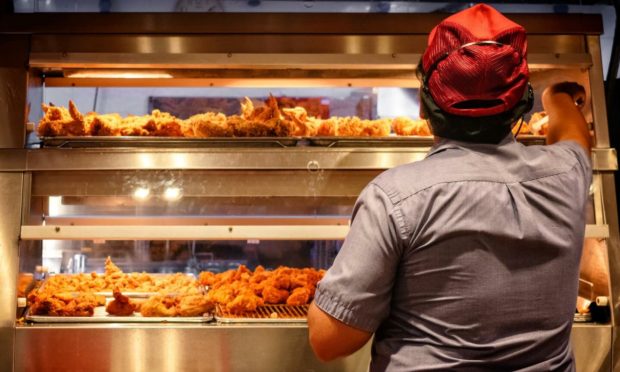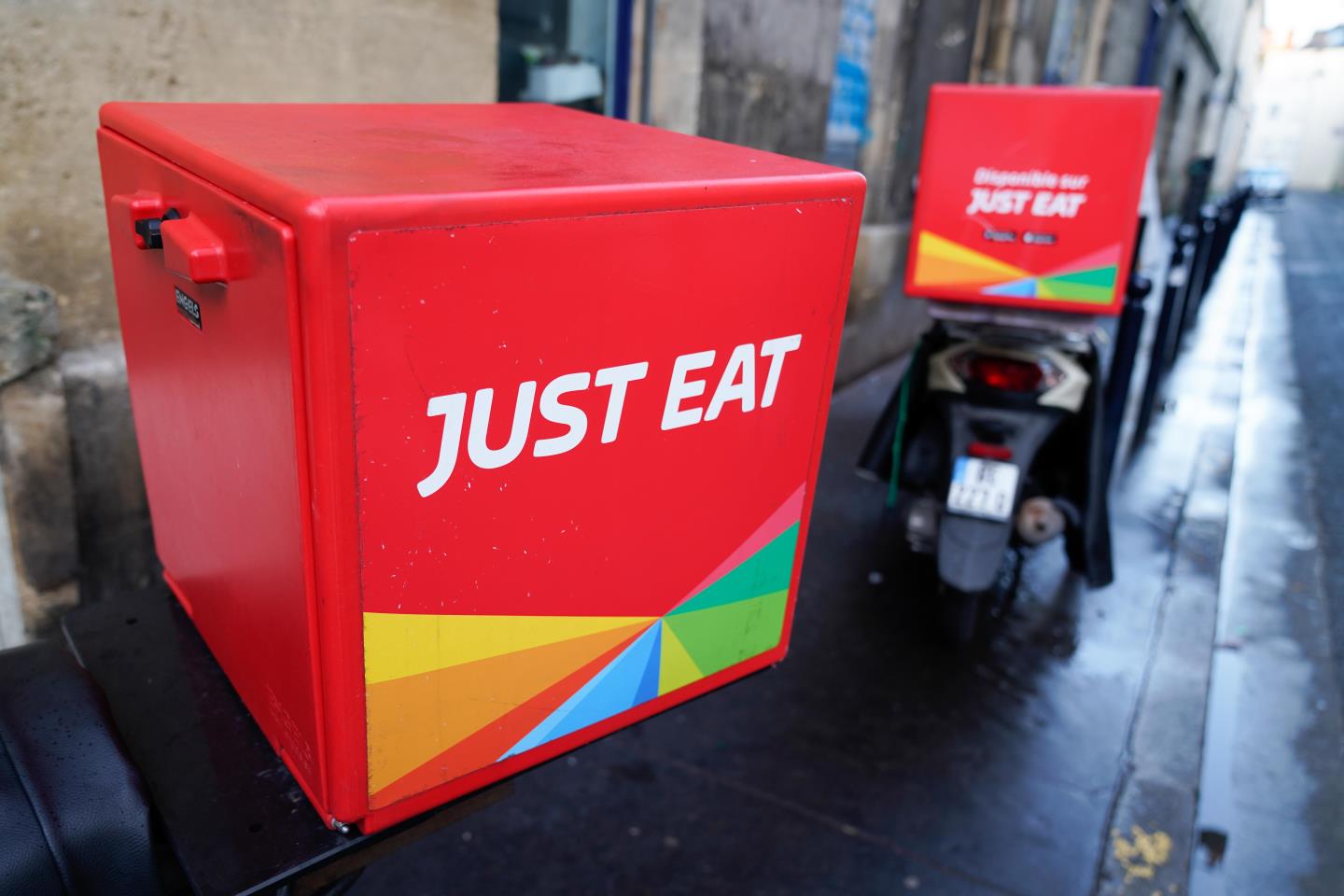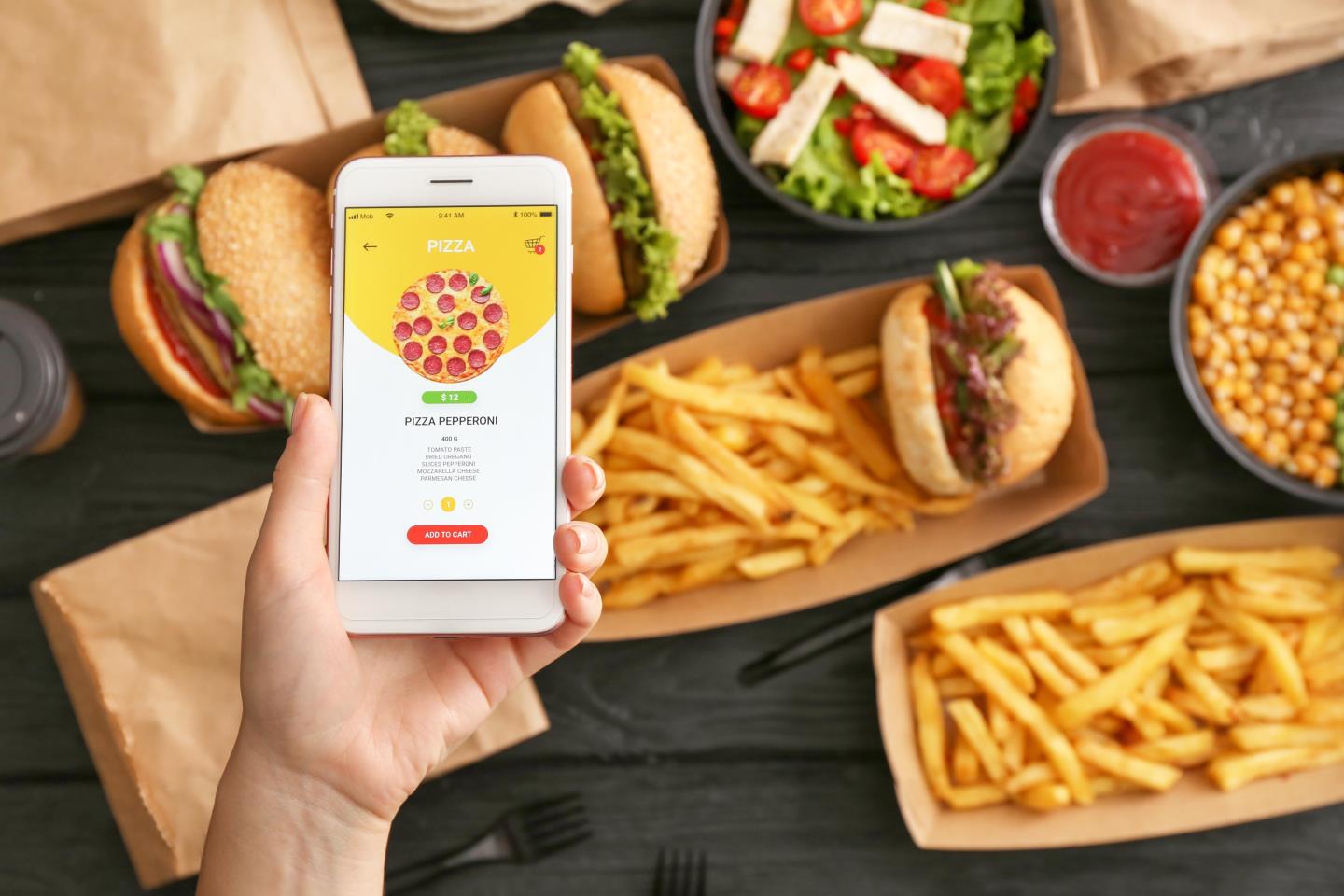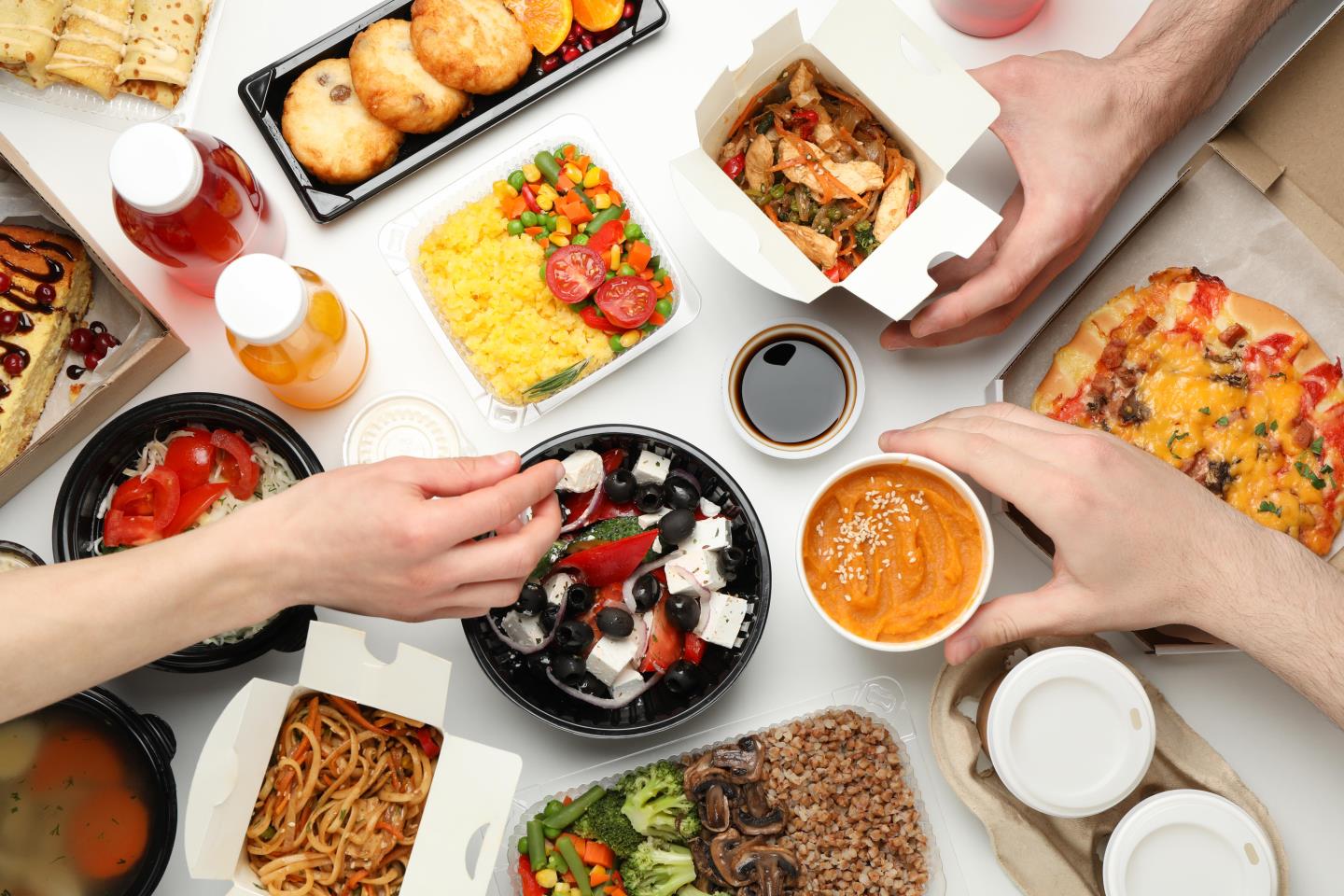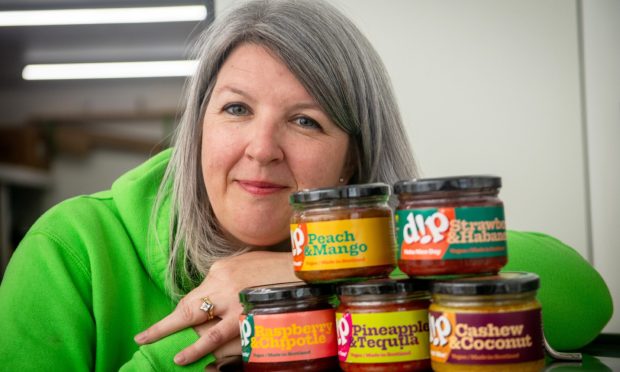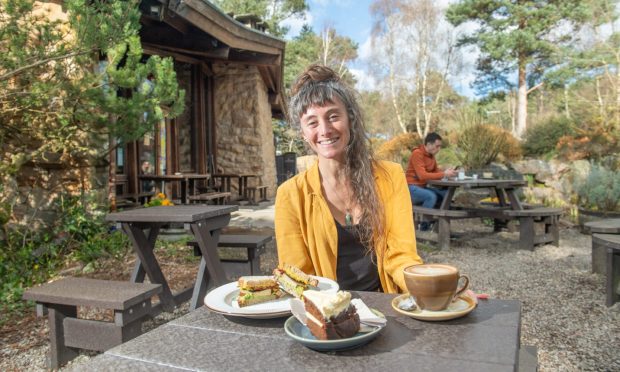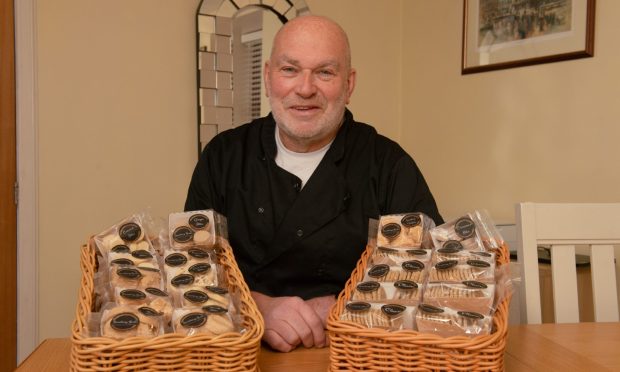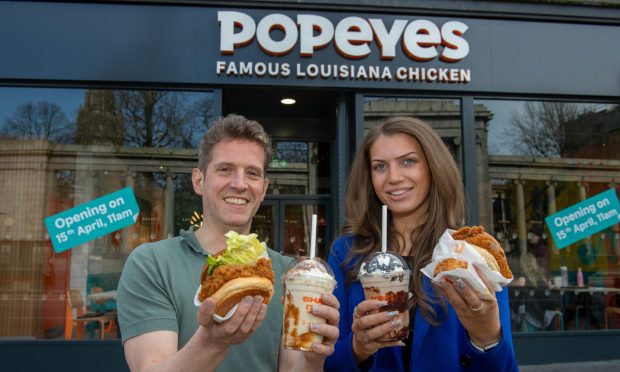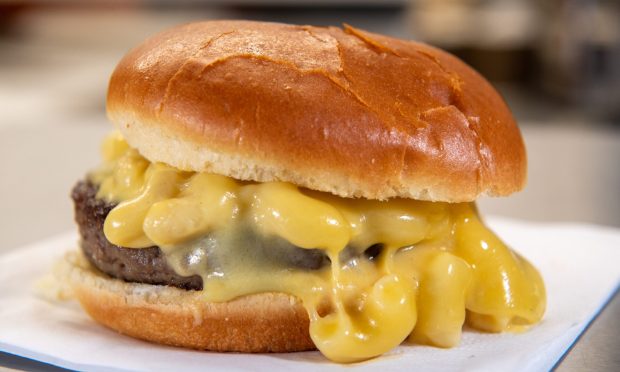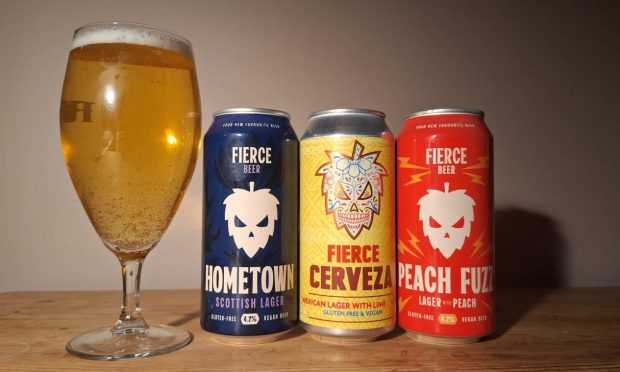Last week Food Standards Scotland (FSS) highlighted in a new report, how practically every person in the country (98%) is now eating some food prepared out of their own home, such as via takeaways, in work canteens or convenience stores.
That’s welcome news, of course, for some of those businesses most hammered throughout the Covid-19 outbreak, such as restaurant and cafes, as well as thousands of home delivery firms.
For my agency, however – whose raison d’etre is taking responsibility to improve the diet of people living in Scotland, set against a backdrop of two thirds of the population already living with overweight and obesity – it sounded alarm bells.
This increase is not simply due to the pandemic. Our data has estimated that before Covid, a quarter of calories – 25% – came from this ‘out of home’ (OOH) food, and the types of food and drinks bought from them were skewed towards the less-healthy end of the market.
Takeaway demand and value has surged
During last-year’s Covid-induced lockdowns that shuttered thousands of food and drink outlets, the new report highlighted the value of the Scottish takeaway sector (including home delivery) had surged 31%, or £253 million to £1.1 billion.
Understandably, given lockdowns, the proportion of takeaway trips ordered in Scotland doubled, too, with 21 million more orders taken.
And takeaway orders specifically from restaurant apps and third party apps such as Just Eat exploded 103% and 69% respectively, as some outlets that previously served table guests only, pivoted quickly to meet surging demand from those locked-down and unable to go out and buy food.
But the issue isn’t about eating out and takeaways, it’s about the volume of calories consumed when we do.
It’s also important to note here, too, during lockdown there was a rise in foodbank use and in food insecurity.
1,000 calories plus
Another latest FSS report, meanwhile, reveals some new findings on calories. It found a third of the main meals offered on menus in larger branded businesses, for instance, from the OOH food sector had a calorie value (kcals) of above 1,000.
Burger meals being sold by one provider were found to be packed with 2,580 kcals, and even some salads had 1,380. An average portion of chips was 434 kcals, rising to 670 when toppings were included. Remember, the NHS recommendations are women need around 2,000 kcal daily, and men 2,500 kcal.
We estimate there are around 39,000 businesses within Scotland’s OOH food and drink sector – that’s operators who process, sell, cook or serve up anything bought and eaten away from home and ordered into the home, including takeaways, restaurants, pubs, convenience stores, workplace canteens and cafes.
These two sets of findings, on top of many other considerations, have guided the actions set out in the Scottish Government’s ‘OOH Action Plan’ announced on Friday by Maree Todd, the Public Health, Women’s Health and Sport Minister.
Battling obesity
The annual costs to the Scottish health service of treating the long-term effects of overweight and obesity could be as much as £600 million, meaning tackling our historically unhealthy eating habits is not only a growing health issue but an urgent economic one too, that requires improving the food environment all around us through systemic change.
Central to the proposed government blueprint, will be a consultation on the proposal for mandatory menu calorie labelling in the OOH sector to show exactly how many calories are in the food being served, or sent out to us.
That’s why we, along with other agencies and industry bodies, have now been tasked with engaging with businesses. FSS ran a public consultation on OOH in early 2019 and asked for views on this, with 68% of firms agreeing with the proposal.
We will be encouraging Scottish companies within this sector, for instance, to register and use FSS’s existing free online MenuCal tool.
It’s been designed specifically for food businesses and can calculate the calories of anything they produce, and provide all the information and help food businesses might need in assessing, and then highlighting to customers, what calories (and allergens) are in their dishes.
More informed choices
Much like the introduction on October 1 of legislation (Natasha’s Law) demanding more complete labelling of every ingredient including allergens used in what’s called ‘pre-packed for direct sale’ (PPDS) food items – everything from sandwiches from high-street delis to fresh pizzas from major supermarkets – we believe listing calories on all foods will ultimately improve health by allowing everyone to make their own better, more informed, choices of which food they buy and eat.
In issuing these findings, however, let me underline categorically, FSS is most certainly NOT saying we should never have a takeaway.
A lot of Scottish food being dished up in a box or bag, of course, is good, high quality.
We ARE saying, these results highlight once again – as a nation – the emphasis needs to remain strongly on improving our overall food environment, be that on what’s available to us when on the move, in a restaurant, or when we are shopping.
Healthier Scotland
FSS’s ultimate goal – our long game – is to influence and enable the systems in place in Scotland to make the healthier choice, the easy choice.
We want those many businesses that flourished out of the pandemic – the empty restaurants that switched to offering takeaways, home-delivery firms that took on more staff, for instance – to maintain their momentum and also support the health of the nation. When you buy a meal out of home, the chances are the cost in pounds is not just related to money and that needs to change.
But these findings highlight Covid has changed our eating behaviours out of home.
If the growth is maintained but the necessary improvement in calorie content is ignored, then that should be a concern for all of us.
The reopening by thousands of food business after months of hardship, presents an ideal opportunity to focus greater effort towards supporting a healthier Scotland.
Geoff Ogle is chief executive of Food Standards Scotland
